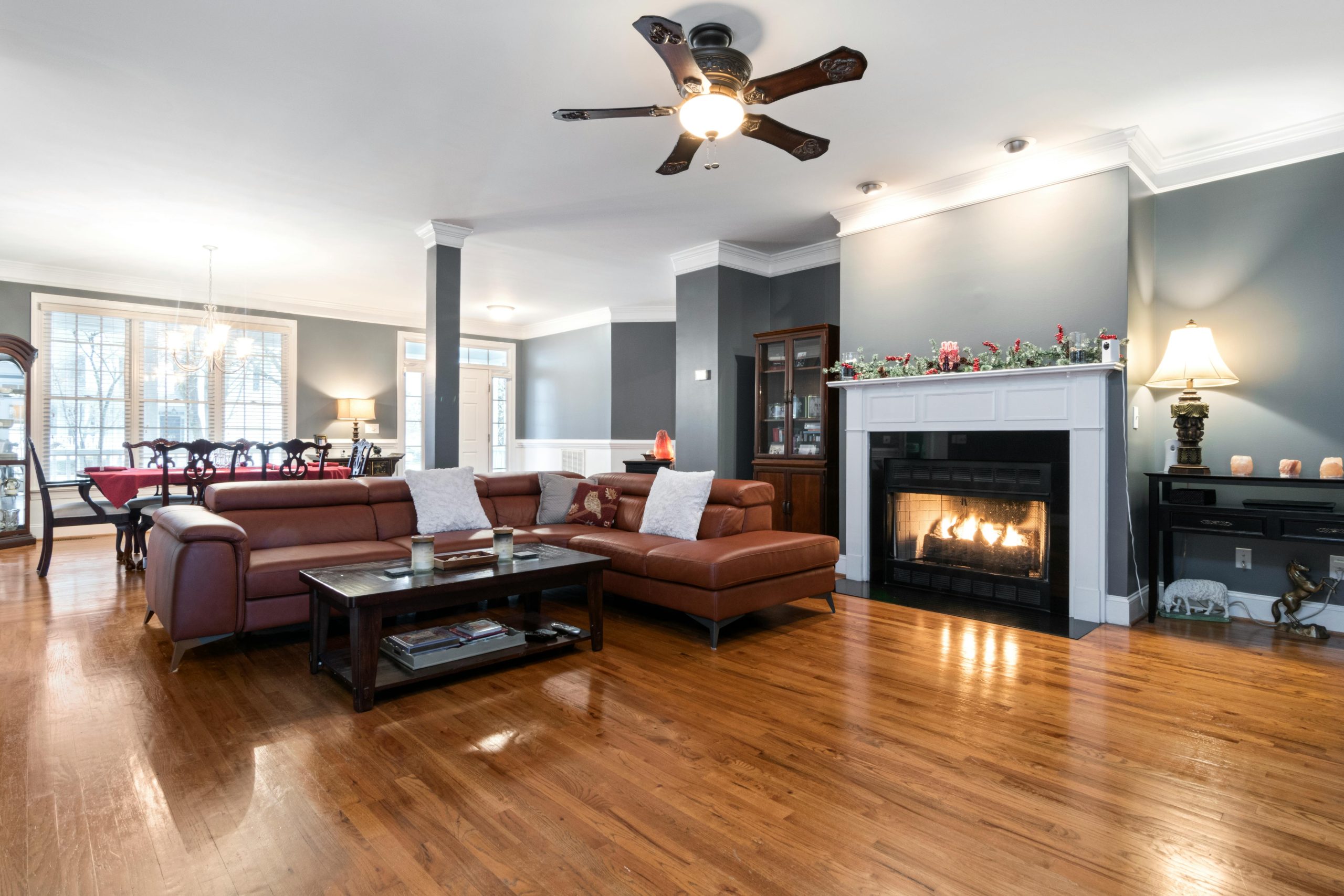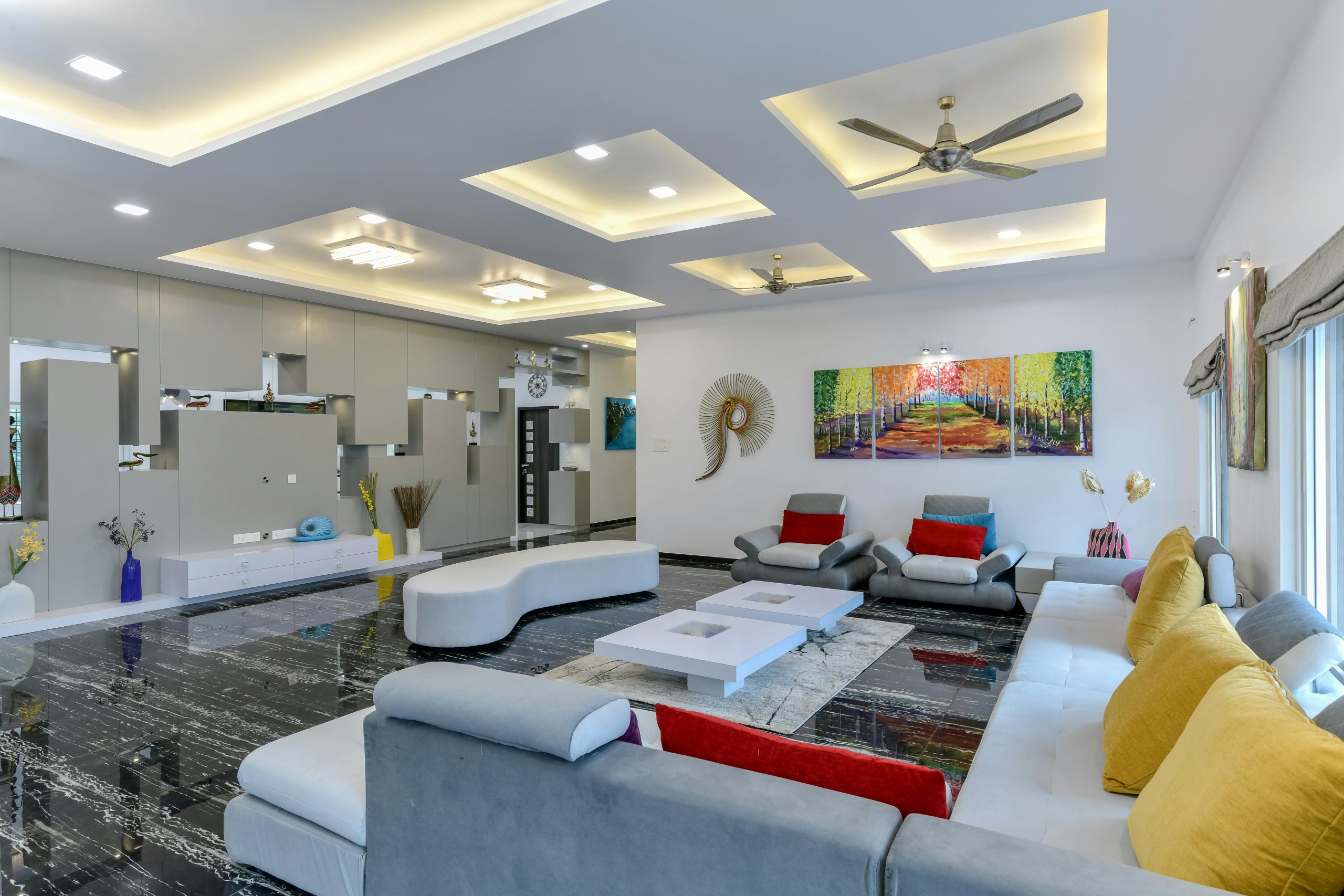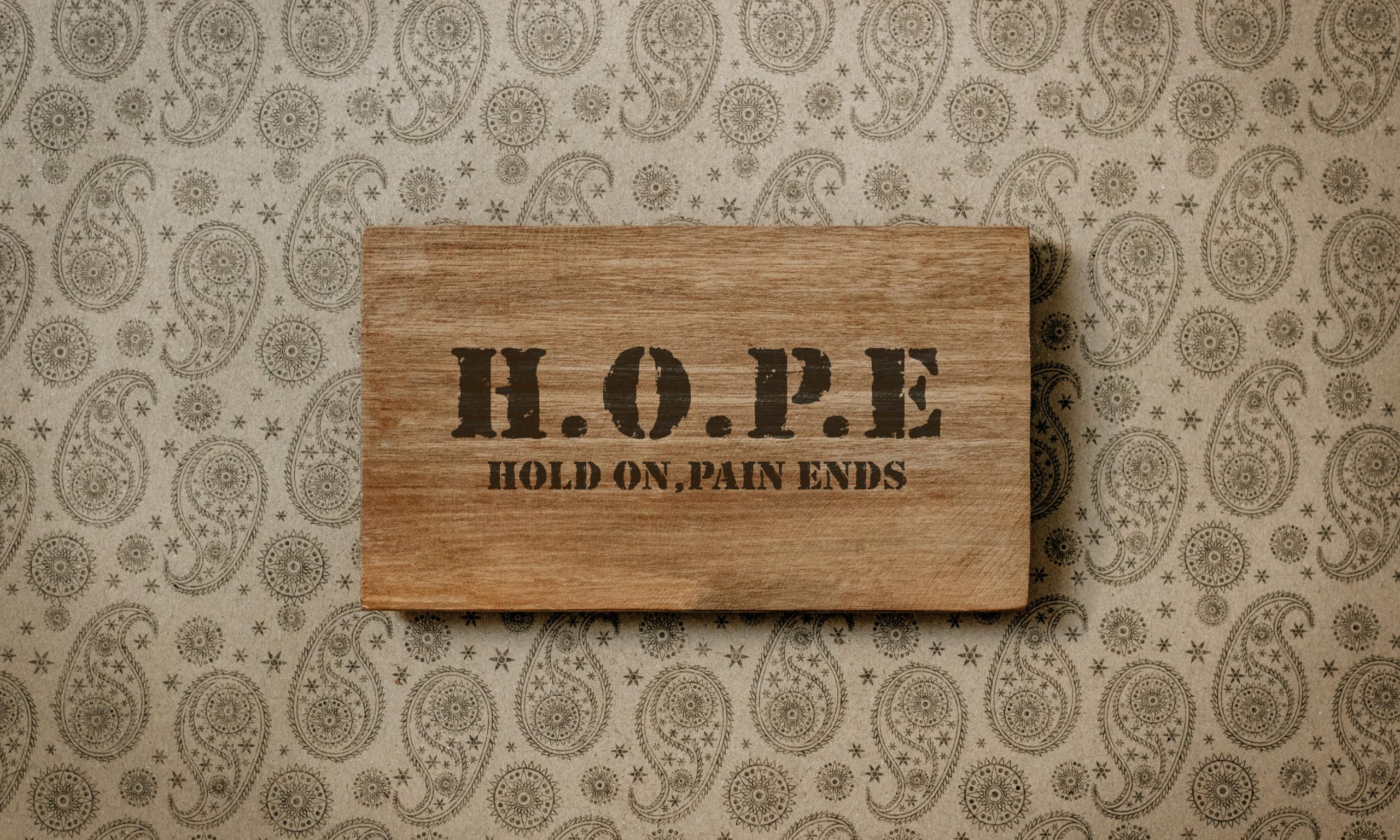Minimalist Interior Design Less is More
When you walk into your house, how do you feel? Are you overwhelmed by the clutter and chaos, or do you feel like you’ve entered a peaceful sanctuary? If the former is the case, it’s time to embrace a minimal interior design aesthetic. Synonymous with the phrase “less is more”, the concept of minimalism focuses on clean lines, simplicity, uncluttered spaces and elegance. Extravagance is a complete no-no when it comes to minimalism. The students at Vogue pursuing a BSc in Interior Designing course are taught how the essence of minimalism can be achieved. If you’re someone who wants to achieve a minimal aesthetic, we have a bunch of creative tips and practical ideas.
What is Minimalist Interior Design?
As the name suggests, minimal interior design is an approach that is characterised by simplicity, clean lines, neutral colours and a serene environment. Furniture and décor objects are carefully selected keeping in mind form and function. Minimalism is not a concept that is only restricted to residential spaces. Even commercial spaces and offices can follow the principles of minimal design to make their space look inviting and uncluttered.
A few reasons why minimalism is trending
- They’re great to make small spaces appear larger.
- Minimalist décor is evergreen and almost never goes out of style.
- Achieving a minimal interior is highly attainable and affordable. Most home décor stores such as Ikea and West Elm sell minimal furniture and décor pieces.
- Minimalism can be achieved with or without the help of an interior designer.
Key Principles of Minimalist Interior Design
Declutter your space
The first step is to declutter your space. When there are too many elements around you, it can be quite overwhelming. Assess the items which you no longer need and do away with them. You can either donate or discard them depending on their condition. Once you’ve decluttered your space, you will be able to think better. You can even invest in organisers and storage furniture to keep your belongings secure and safe.
Choose a neutral colour palette
To turn your cluttered space into an oasis of comfort, neutral colours are important. Think white, grey and earthy tones. They surely provide a sense of calm, and ensure other elements standout. However, ensure that the colours you choose reflect your décor and style. It’s all about finding the perfect balance. You can even play with various textures to achieve a rich look.
Introduce points of warmth
Despite being so popular, minimalism has a bad reputation. People associate it with coldness and find the aesthetic dull. A few people find the space looking lifeless and impersonal too. To make sure this doesn’t happen, choose a warmer colour palette for your design. The paint you choose should interact well with your architecture, lighting and overall orientation. Choose great flooring that connects with your style and design.
Embrace functionality and purposeful design
A thumb rule of minimalist interior design is choosing quality over quantity. Buy top-notch furnishings that are aesthetically-pleasing but also functional and long-lasting. Make sure every piece of furniture serves some purpose or the other. For example, in your living room, choose a coffee table that comes with storage or a nesting table with stools that can be used when you’re entertaining. It’s all about being smart with your choices. When you choose furniture with multiple functions, you will not just maximise space but also achieve a clean and uncluttered space.
Add a “personal” touch to your design
Though the essence of minimalist design relies on bareness, the inhabitants still need to ensure their comfort levels are met and satisfied. Don’t strip the personal aspect of a space. Don’t get too caught up with minimalist rules. Add photo frames, paintings and book shelves to your home so that your space is a reflection of your personality. If you want the kid’s room to be colourful, don’t shy away from doing what you feel like. Minimalism isn’t against colours, it’s just about maintaining clean lines, form and function.
Choose décor that is less but thoughtful
Décor pieces in a minimalist design are usually contemporary and sleek. Avoid excessive ornamentation. Instead, focus on simplicity. Minimalist design also heavily relies on natural elements such as wood, stone, plants and lighting. These are the elements that usually add warmth and texture to a space. The best friend of a minimalist design is lighting. Place your window treatments in such a way that it creates a feeling of openness and complements the overall design. Lighting enhances the atmosphere without dominating the space.
Conclusion
Minimalism provides a much-needed respite from the chaos of everyday life. It’s a design aesthetic that will never go out of style. It’s here to stay. Once you adopt a minimal way of living, there’s no looking back. Beyond being a design choice, it’s a journey towards mindful living. If the world of interior design fascinates you, Vogue Institute of Art & Design has an array of degree and diploma courses in interior design. To learn more, visit website : https://www.voguefashioninstitute.com/interior-design-courses/.




